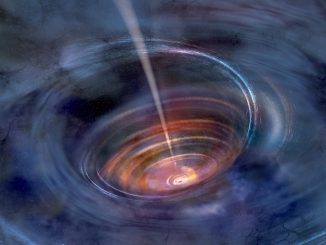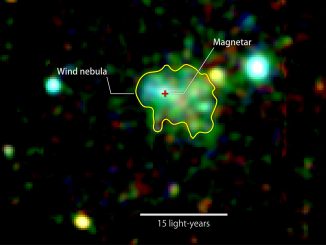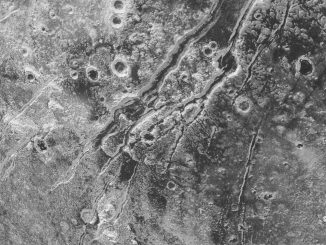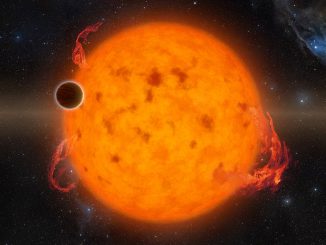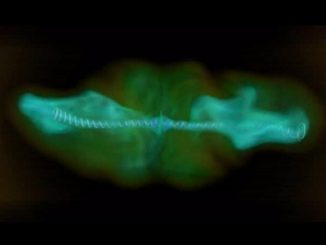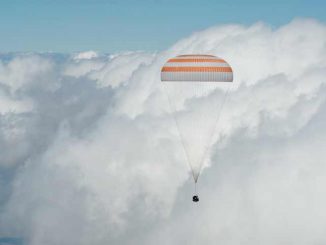
Hubble confirms new dark spot on Neptune
New images captured by the NASA/ESA Hubble Space Telescope (HST) confirm the presence of a dark vortex roughly 3,000 miles (4,800 kilometres) across in the atmosphere of Neptune. Though similar features were seen during the Voyager 2 flyby of Neptune in 1989 and by the HST in 1994, this vortex is the first one observed on Neptune in the 21st century.


